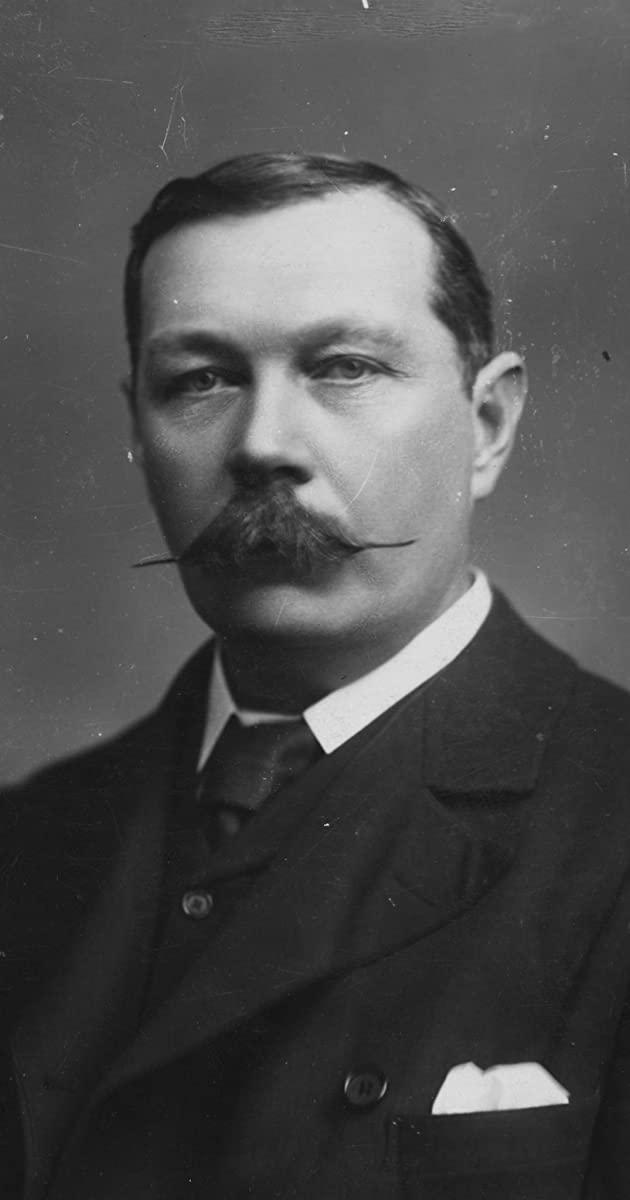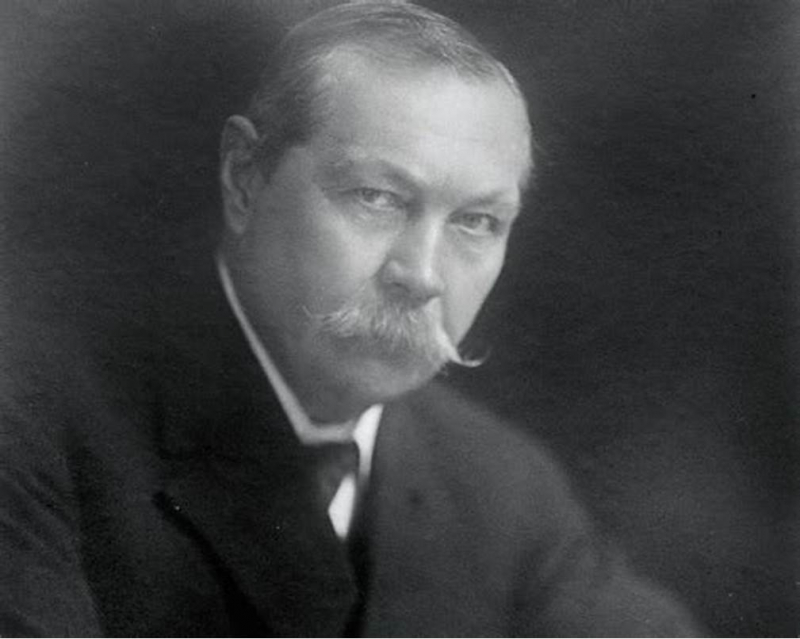Conan Doyle took to a bit of sleuthing of his own in an attempt to solve the Jack the Ripper case.
Six years after the infamous Whitechapel killings by the man known as "Jack the Ripper," in 1894, Doyle was questioned by an American journalist about how Sherlock Holmes may have gone about finding the Ripper. Doyle retorted that Holmes would have looked at the letter the Jack the Ripper is said to have sent to the police first. Doyle worked under the assumption that the letter was real despite the possibility that it was a fraud. He continued by inferring from the letter's handwriting that the author had spent some time in America (the phrases "Dear Boss" and "fix it up" both occurred in the letter), was accustomed to using a pen, and had a job that required regular writing.
In order to see if anyone could come forward and identify the handwriting, Doyle concluded his response by stating that Holmes would have published facsimiles of this letter in the top newspapers in both the UK and the US. "Oddly enough, the police did not consider that, as far as I know," Doyle said. But did the person who served as inspiration for Sherlock Holmes find the guilty party sooner than his creator did? The detective's real-life model, Dr. Joseph Bell, also made an effort to find the murderer. He and a friend each did their own independent investigations before placing their results and the identity of the most likely suspect into separate envelopes. When they exchanged the envelopes, they found that they had both come up with the same name. Their findings were then handed on to the police. Shortly after this, the murders mysteriously stopped…









